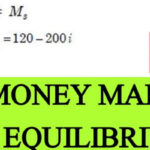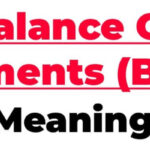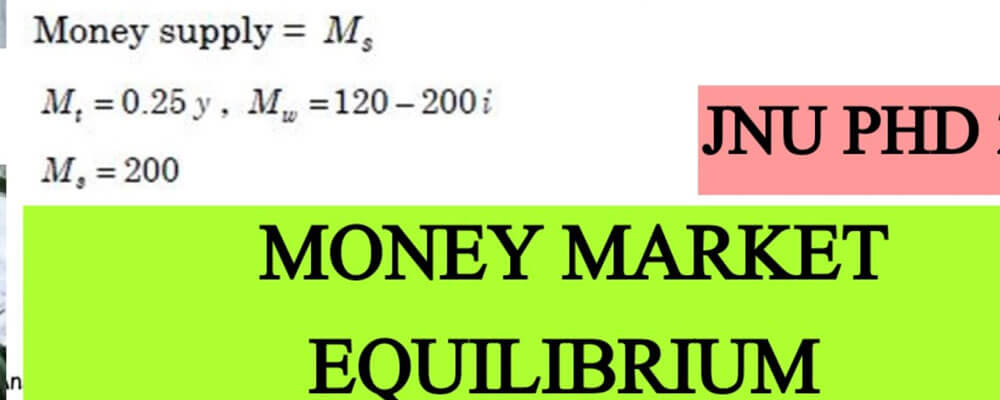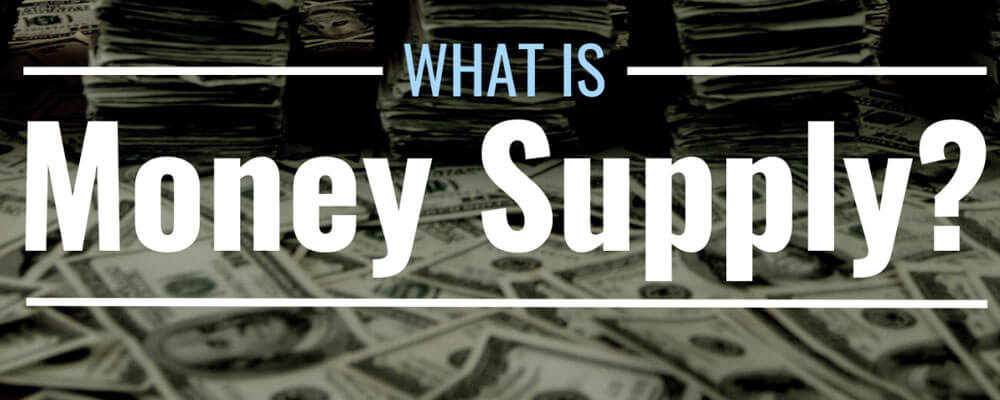How much to spend on promotion is one of the hardest decisions facing a business organization? How a business organization does make decision on its promotion budget?
In setting the total promotion budget and mix advertising, there are four common methods, which we need to use and they are as bellow.
Table of Contents
ToggleSetting the Total Promotion Budget and Mix Advertising
- Affordable Method
- Percentage-of-Sales Method
- Competitive-Parity Method
- Objective-and-Task Method
These are discussed one by one.
-
Affordable Method
Affordable method is used by some business organization. The promotional budget is determined at the level at which they consider the business organization can afford.
See Also: Major Advertising Decisions
Mostly small business organization employs this method because of the reason that the business organization has not capacity to spend more on advertising than it has.
They begin with total revenues, withhold capital outlays & operating expenses and then dedicate some part of remaining funds to Advertising.
Unfortunately, the influence of promotion on sales is completely ignored by using this method of setting budgets.
The advertising is put at the last priority even in case when advertising seems to be critical for success. The long-range market planning becomes difficult because of the fact that it leads to uncertain annual promotion budget.
Mostly affordable method can result in underspend on advertising but it can sometime result in overspending on advertising.
-
Percentage-of-Sales Method
Other business organizations using percentage-of-sales method set their promotion budget at a particular percentage of their forecasted or current sales or unit sales price is used to make budgets. There are advantages associated with percent-of-sales method.
It is simple to employ and assists management consider about the link between selling price, promotion spending and profit per unit.
However the percentage-of-sales method has little to justify it, despite these claimed advantages.Sales are falsely viewed as reason of the promotion rather than consequence.
A good correlation between strengths of the brands concerned and investments in advertising is found through a study.
But it is not about cause and effect and instead it is about effect and cause. The sales of strongest brands is high and afford the large investments in advertising. Instead of based on opportunities, percentage-of-sales method is based on accessibility of funds.
It may forbid the enhanced spending in some cases required to turn around the declining sales. Long range planning is difficult because of the fact that budget varies with year-to-year sales.
At last, the method does not give any basis for selecting a particular percentage, except what competitors are doing or what has be done in past.
-
Competitive-Parity Method
The competitive-parity method is still used by many business organizations by setting their promotion budgetsto agree outlays of competitors.
Competitors’ advertising is monitored by them along with industry promotion spending estimates from trade associations or publications and then their budgets are set on the basis of industry average.
This method is supported by two arguments. First, the collective wisdom of industry is represented by competitors’ budgets. Second, promotion wars are eliminated with the help of spending what competitors’ spend.
No one argument is valid unfortunately. There are no reasons for considering that competition has an effective idea of what a business organization should be spending on promotion than does the business organization itself.
See Also: Major Retailer Marketing Decisions
Business organizations are not same and everyone has its own particular promotion requirements. Finally, it is not confirmed that competitive parity methods budgets prevents the promotion wars.
-
Objective-and-Task Method
The objective-and-task method is most logical budget setting method in which business organization set its promotion budgets on the basis of what it desires to achieve with promotion. This budgeting method results in
- Specifying particular promotion goals
- Setting the activities required to achieve these goals
- Estimating the costs of doing these activities. The proposed promotion budget is the sum of these costs.
The objective-and-task method squeezes the management to specify in detail their assumptions about the link between promotion results and amount spent.
On the other hand it is not easy method to utilize. Mostly, it is difficult to find which particular activities will accomplish particular goals.
What particular media schedules and advertising messages must be utilized to get these goals? How much these media schedules and advertising messages costs?










